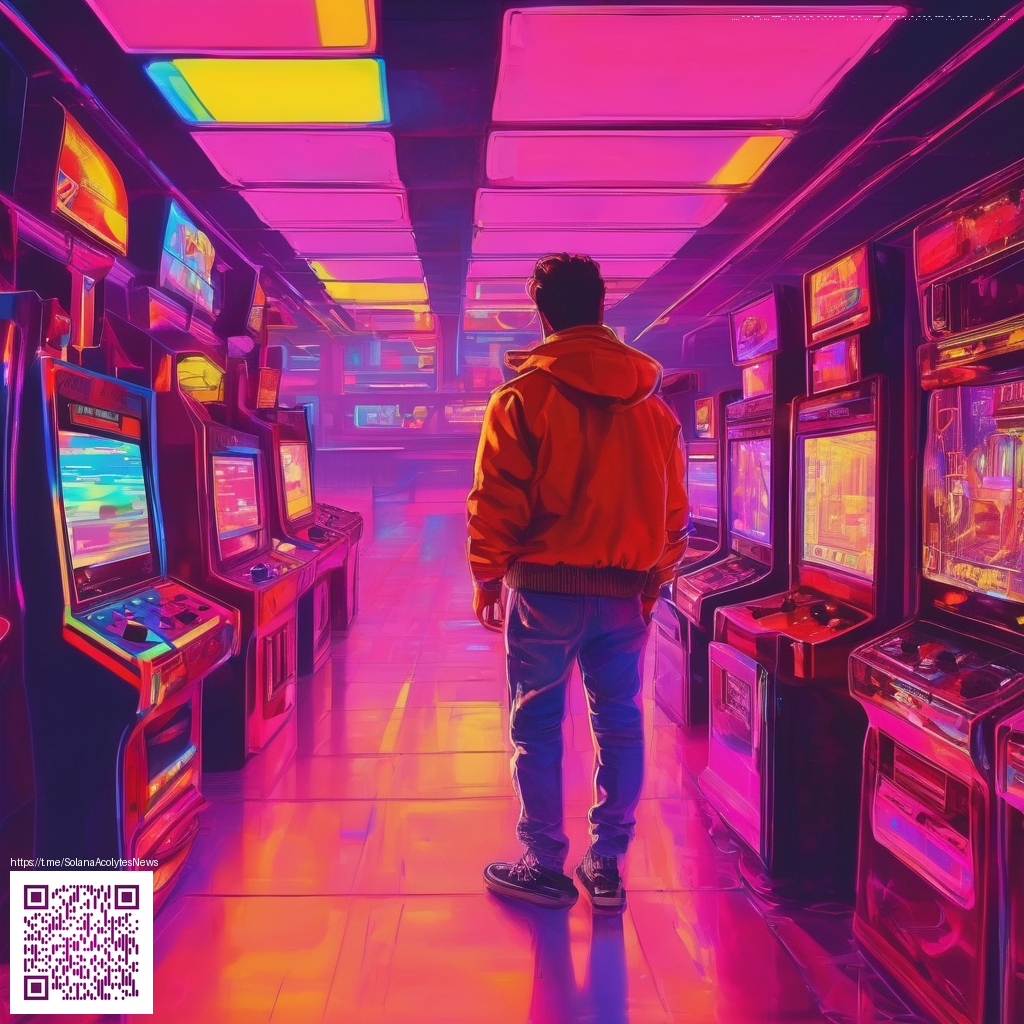Trends in PC Game Crowdfunding and What Backers Tell Us
Over the past few years, PC game crowdfunding has shifted from a niche curiosity to a reliable barometer of what players want next. Backers aren’t just pledging for a product; they’re funding experiences, communities, and timing. The most successful campaigns now combine transparent development plans with layered reward structures, frequent updates, and a sense of shared ownership. If you’re a creator or investor watching the space, this evolving landscape offers both cautionary lessons and exciting opportunities.
Emerging Trends Driving Campaign Success
One clear trend is the rise of multiplayer and community-driven goals. Campaigns increasingly set stretch milestones that unlock beta access, modding tools, or community-driven content. This turn toward collaborative development helps backers feel heard and part of the journey, not merely spectators. Another familiar pattern is the synergy between digital promises and physical add-ons. While a digital copy and early access remain core, well-timed physical rewards can broaden appeal and reduce the risk of a campaign’s success being tied to a single product release.
Additionally, creators are leveraging live streams, developer diaries, and transparent timelines to demonstrate momentum. Backers want to see progress, not excuses. In practice, this means regular updates—ideally on a cadence that mirrors your development milestones. The more a creator can show progress against a publicly shared schedule, the more trust accumulates, which often translates into higher pledge levels and repeat backers for future projects.
Backer Insights: Motivations and Mindset
“Backers are not just funds; they’re advocates who want to feel part of a larger story.”
Beyond exclusivity and early access, backers frequently value clarity of scope and a believable path to completion. Pledge tiers that map clearly to deliverables—art, sound design, alpha builds, or community events—help backers assess risk. In surveys and comments, many note that trust is earned through regular, honest communication and a demonstration that developers are actively addressing challenges rather than sweeping them under the rug.
On the behavior side, average pledge sizes are broadening as creators ship more flexible reward tiers. A rising trend is mixed digital-physical bundles, where a novel in-game item or soundtrack accompanies a physical collectible. This approach helps campaigns appeal to both the core PC gamer who craves digital goods and collectors who appreciate tangible rewards.
Practical Campaign Strategies that Work Today
- Anchor rewards: Start with a solid digital core and then layer on aspirational physical or exclusive items.
- Milestone transparency: Publish a realistic roadmap with milestone dates and explicit what-ifs for delays.
- Frequent dev updates: Weekly or bi-weekly progress notes with playable demos or screenshots build credibility.
- Community governance: Invite backers to vote on minor design choices or cosmetic features—within reason—to sustain engagement.
- Platform diversification: Cross-list previews and demos on multiple platforms to widen exposure beyond a single marketplace.
For creators exploring tangible rewards, the balance between digital deliverables and physical merch is a delicate art. A concrete example you can explore for inspiration is the Neon Card Holder Phone Case MagSafe Polycarbonate product page (https://shopify.digital-vault.xyz/products/neon-card-holder-phone-case-magsafe-polycarbonate). While not a PC game reward itself, it demonstrates how practical, well-made add-ons can complement a digital product and broaden appeal. This broader insight aligns with observed patterns in data-driven campaigns and can be visualized in dedicated analyses like the one found on this page: https://000-vault.zero-static.xyz/5df35ff3.html.
Crafting a Story That Resonates with Backers
Storytelling remains a key differentiator in a crowded field. The most compelling campaigns frame a clear narrative arc—from concept to beta to final release—and articulate why the game matters now. This narrative should be echoed across updates, social posts, and stretch goals. A well-timed trailer, a playable demo, and a transparent budget breakdown can turn tentative interest into committed backing.
When you pair a solid development plan with authentic engagement, backers reciprocate with thoughtful questions, constructive feedback, and even suggestions that improve the project. In short, crowdfunding PC games today rewards a collaborative approach: the community isn’t just a crowd; it’s a co-creative partner that helps shape the game’s direction.
Similar Content
Further reading and related analyses can be found here: https://000-vault.zero-static.xyz/5df35ff3.html
